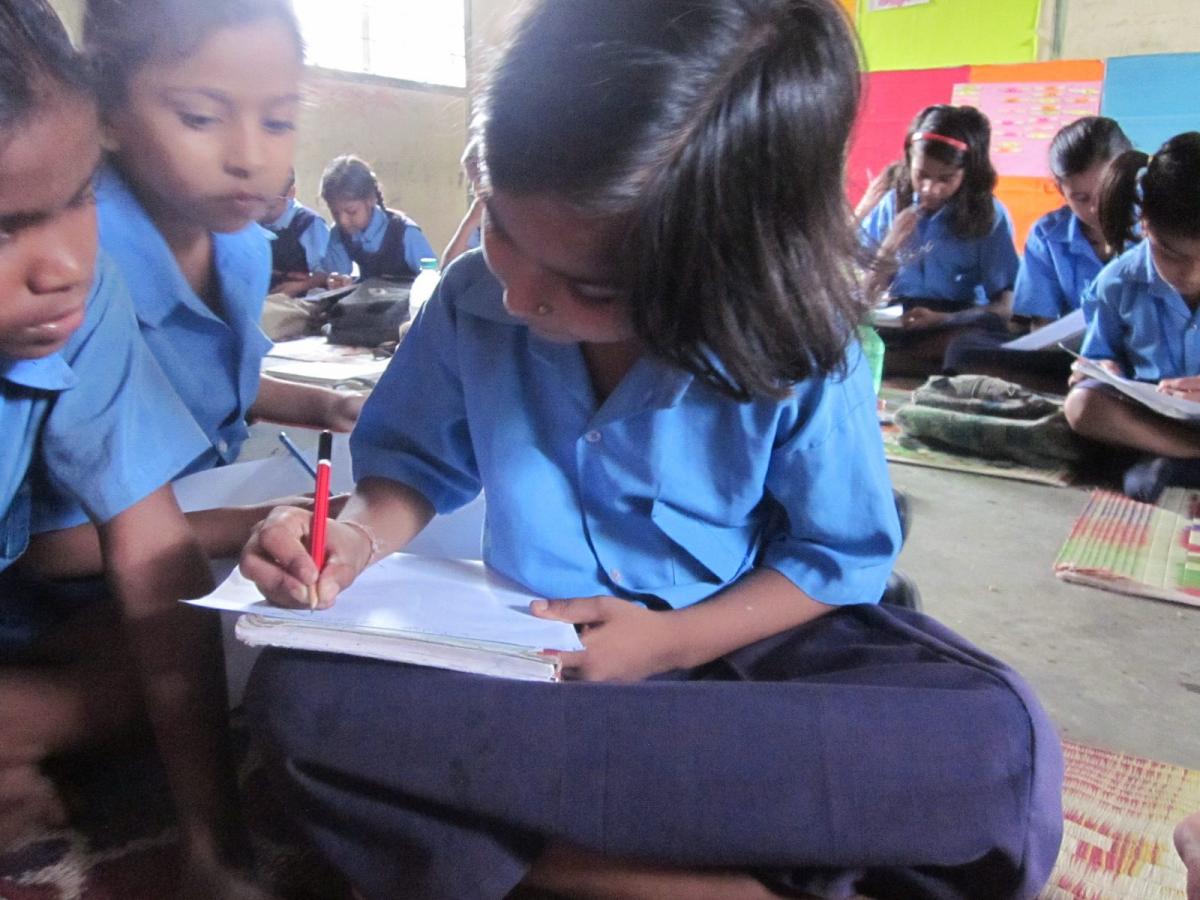According to the recent Annual Status of Education Report (ASER), 2019, by NGO Pratham, reveals major improvements due to the implementation of schemes by subsequent governments. The survey reveals that 97% of the children between the age of 3 to 16-year-olds, across 596 districts with a total of 3,54,944 households are enrolled in school.
The Major credit for the improvement goes to the scheme launched by the NDA government ‘Padhega India, Tabhi to Badhega India’.
The Major highlights of the findings in the survey are:
- Since 2007, the total number of children aged between 6 to 14 years has been above 95%.
- The 2018 report revealed that no. of children, not enrolled in schools, has fallen below 3%, which shows 97% of the children are enrolled in schools.
- Back in 2006, the percentage of girls, between the age of 11 to 14, not enrolled in schools was 10.3% which fell in 2018, leading up to only 4.1%, which shows in the meantime, more and more girls have been enrolled in schools.
- In 2008, it was observed 20% of the girls, aged between 15 to 16 years, were not enrolled in schools, while in 2018, the percentage fell over 7% leading to just 13.5 percent.
The Various schemes that brought improvements in the education system were:
- Save Shiksha Abhiyan
The Scheme was launched in 2000, is still considered the scheme that brought major improvements across the country in implementing education to all. An advertisement also got really famous back in 2000 with a slogan that said ‘School Chale Hum’. The Scheme basically aimed at imparting education to all. The scheme benefited over 92 million children in over 1.1 million households across India. The Scheme initiated the movement of opening more and more schools, focussing on imparting education to the girl child all across the country, in the districts where there was observed lack of education.
The Scheme was implemented on August 4, 2009, initiating free and compulsory education to the children aging between 6 to 14 years. Also, the scheme made mandatory for private schools to reserve 25% of their seats for the Economically Backward Section of the society.
- No Detention Policy
This Scheme was launched under the RTE Act but played a major role in improving the enrollment of children in schools uptil now. The Scheme implied that no student will be allowed to detain children out of the school until Grade 8. This scheme also raised many questions as this policy would help weak children to climb the grades without having their concepts cleared. Whereas this policy helped children in rural areas, where before its implementation, failing one grade lead to children’s dropout from schools.
- Beti Bachao Beti Padhao
This was another scheme that helped to show improvements with its implementation in 2015 by the UPA government. It focussed on imparting education to the girl child, in order to reduce the depleting sex ratio. Sukanya Samriddhi Yojana was another scheme launched along with Beti Bachao Beti Padhao which offered money to the girl child enrolling in schools.
- Mid-Day Meal
This Scheme is the oldest to be implemented in 1995, for the malnourished children offering them healthy lunch at school, which inclined the parents to enroll their children to schools for providing them the nutrition which was unavailable at home.

